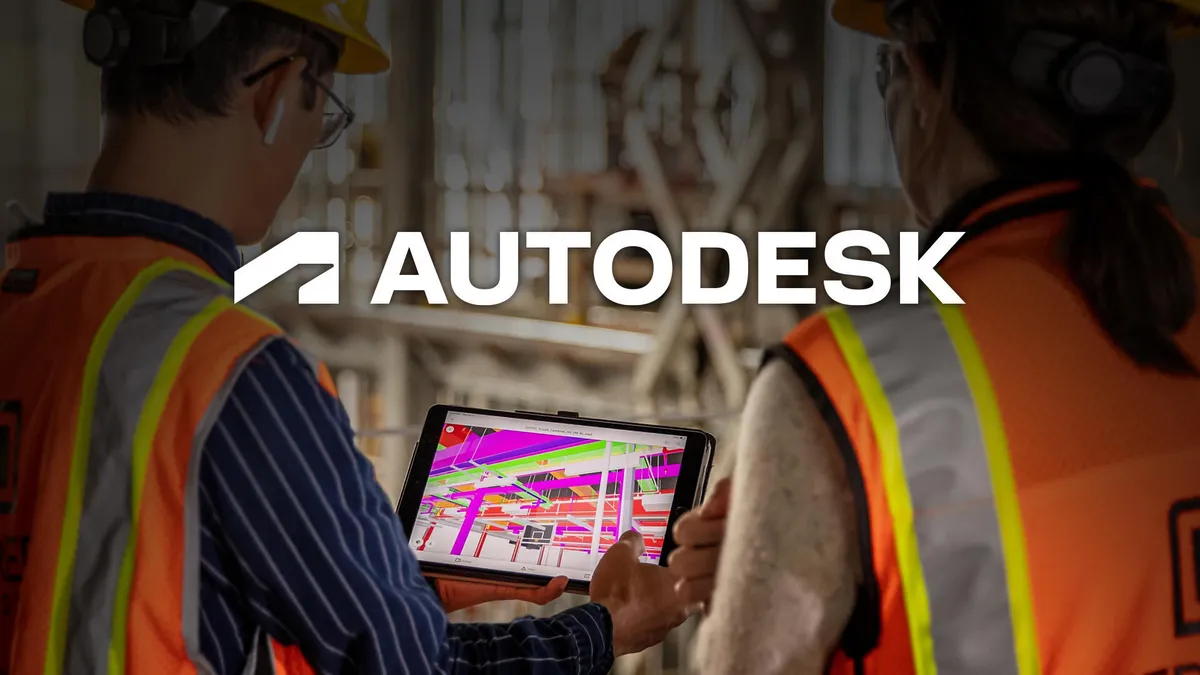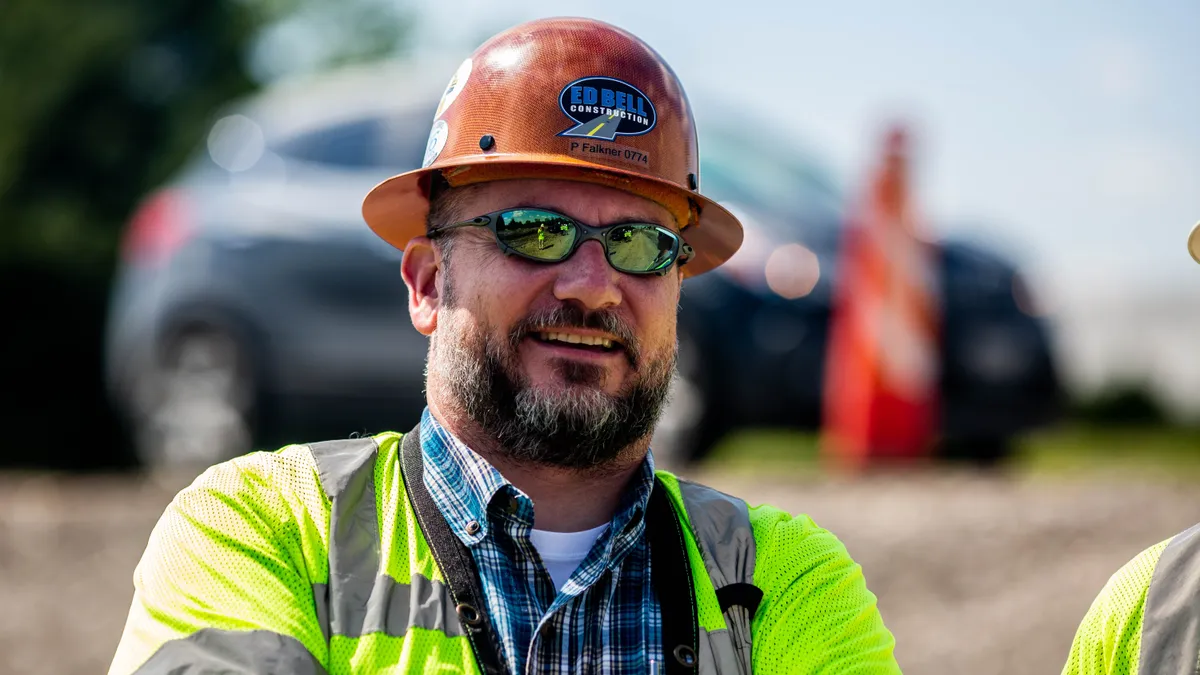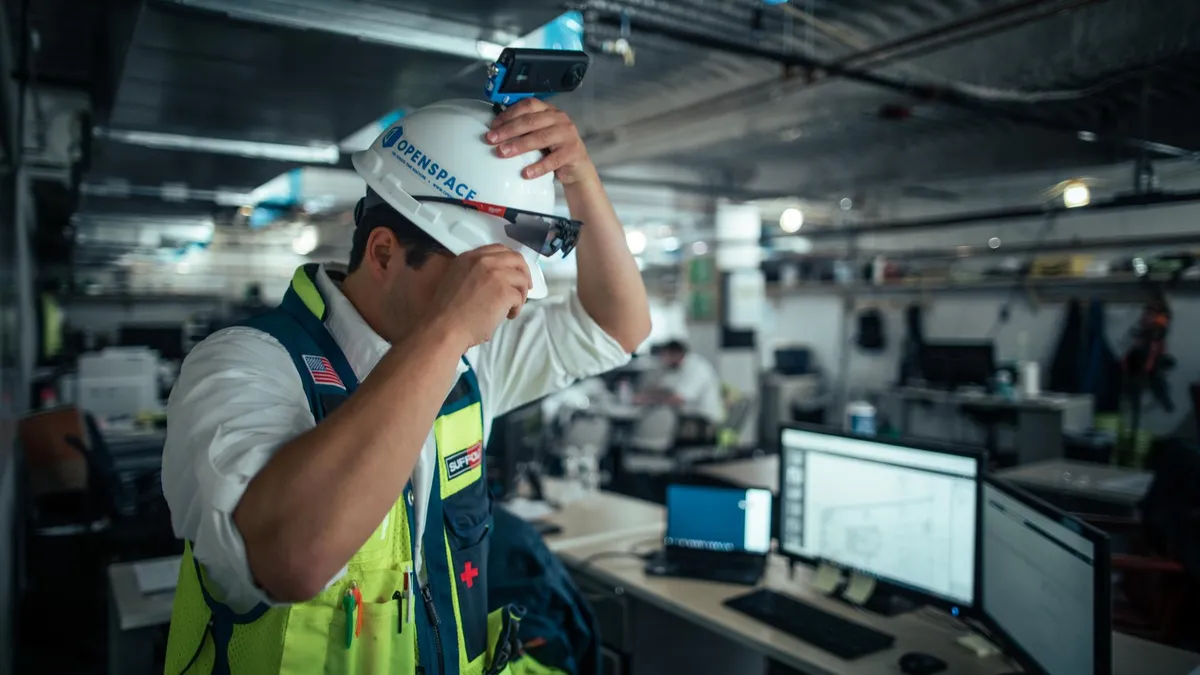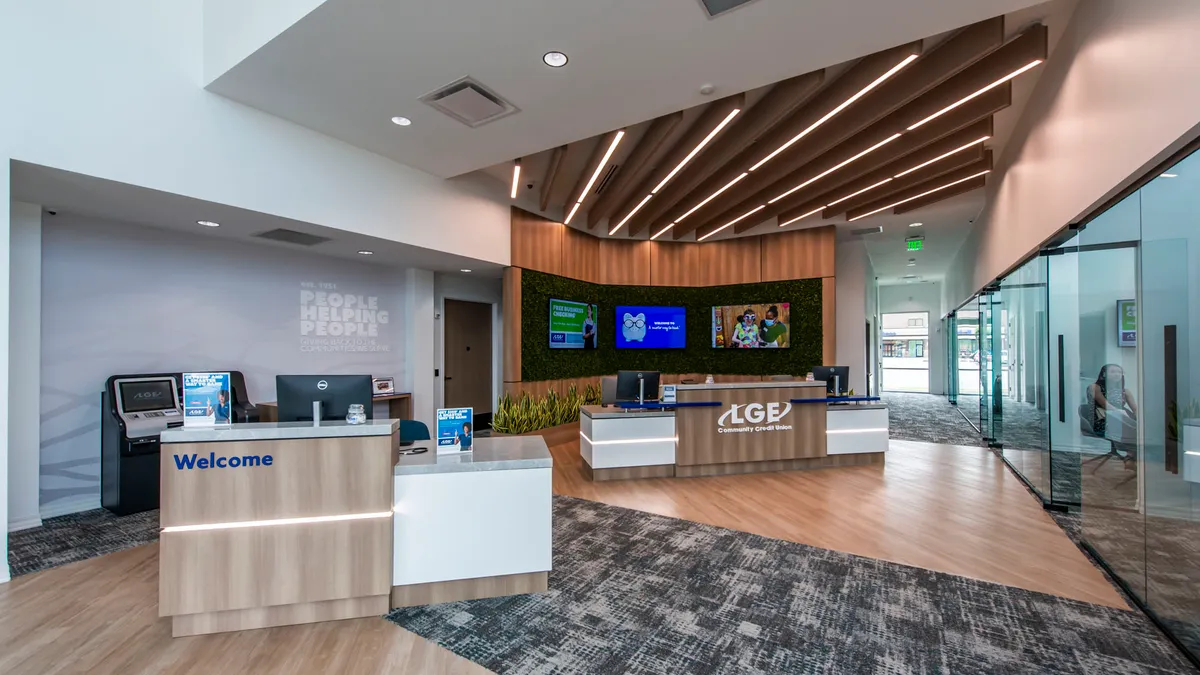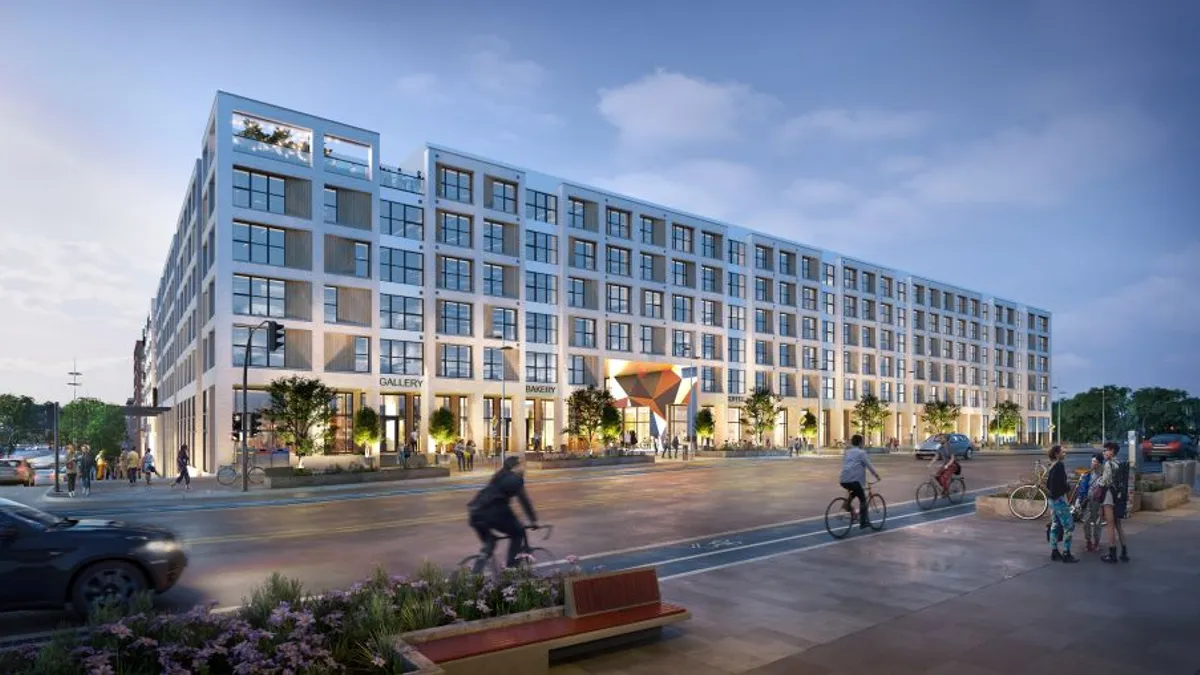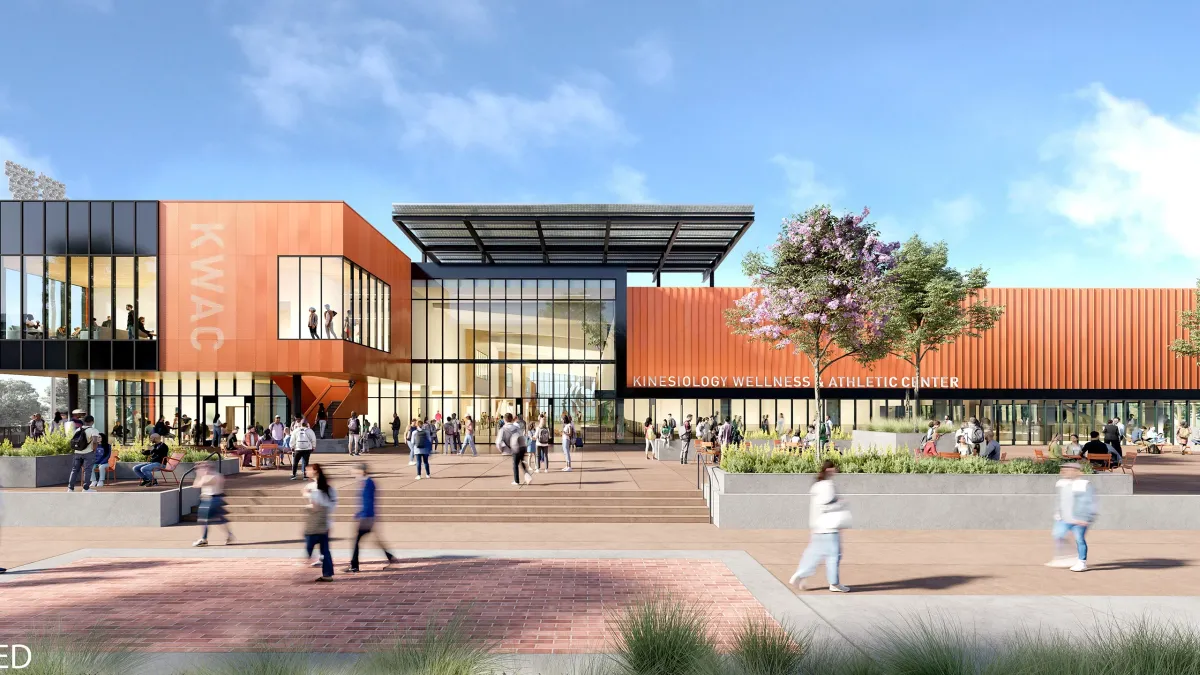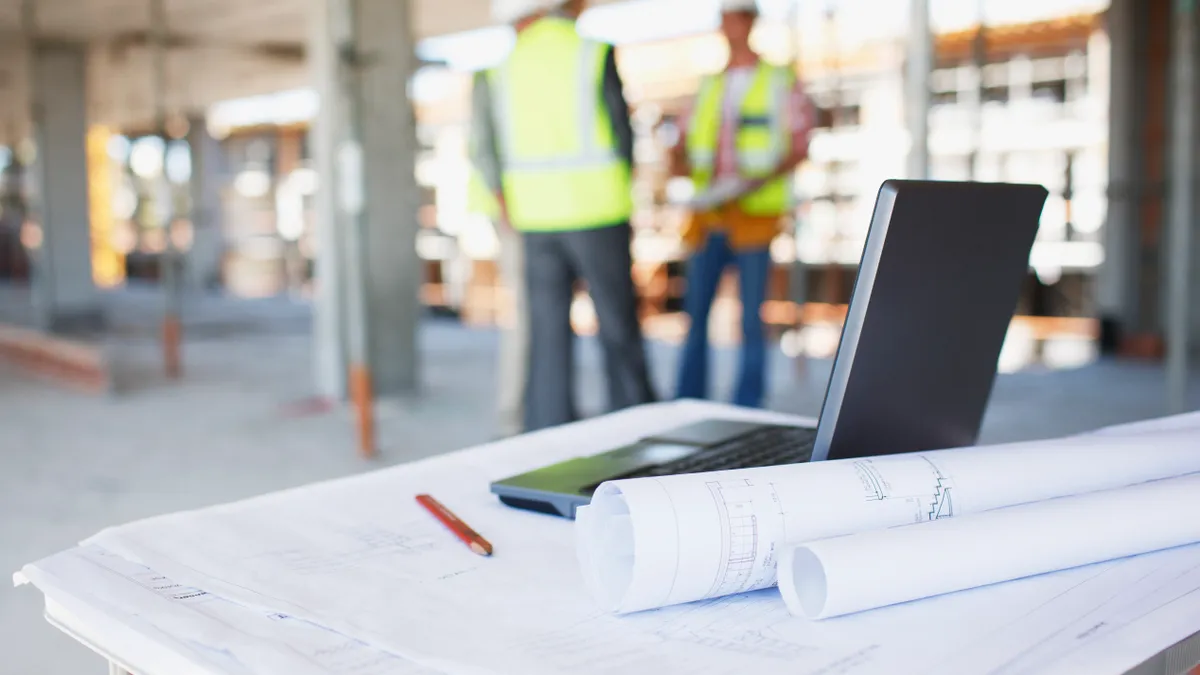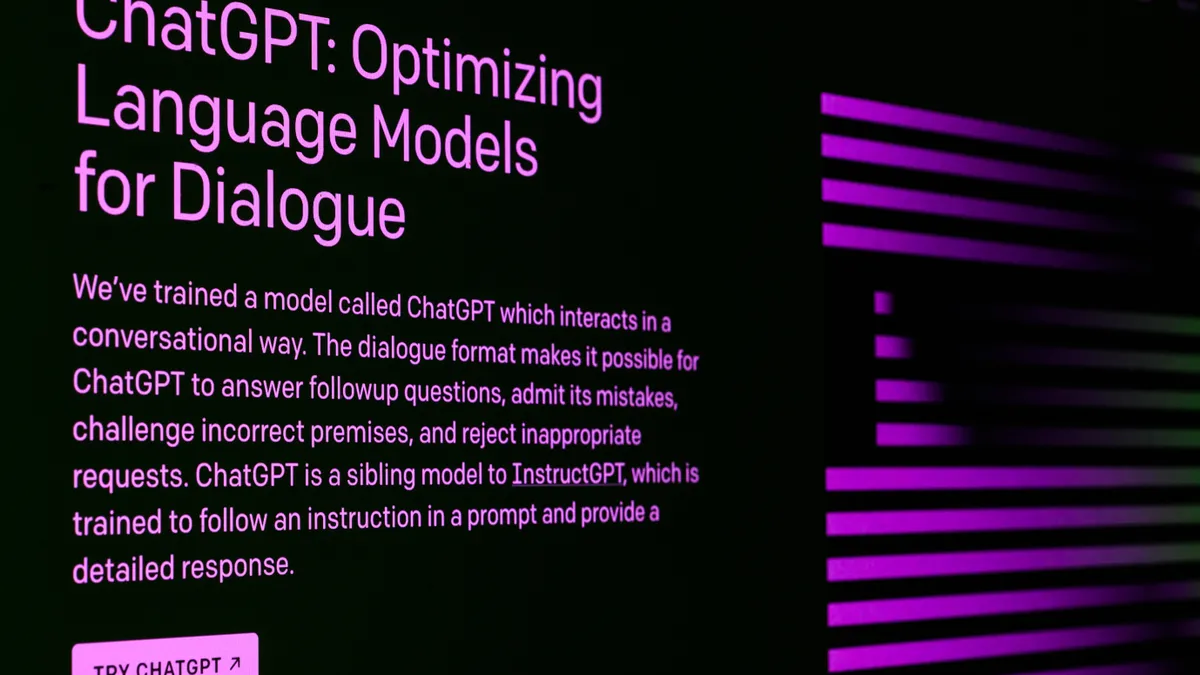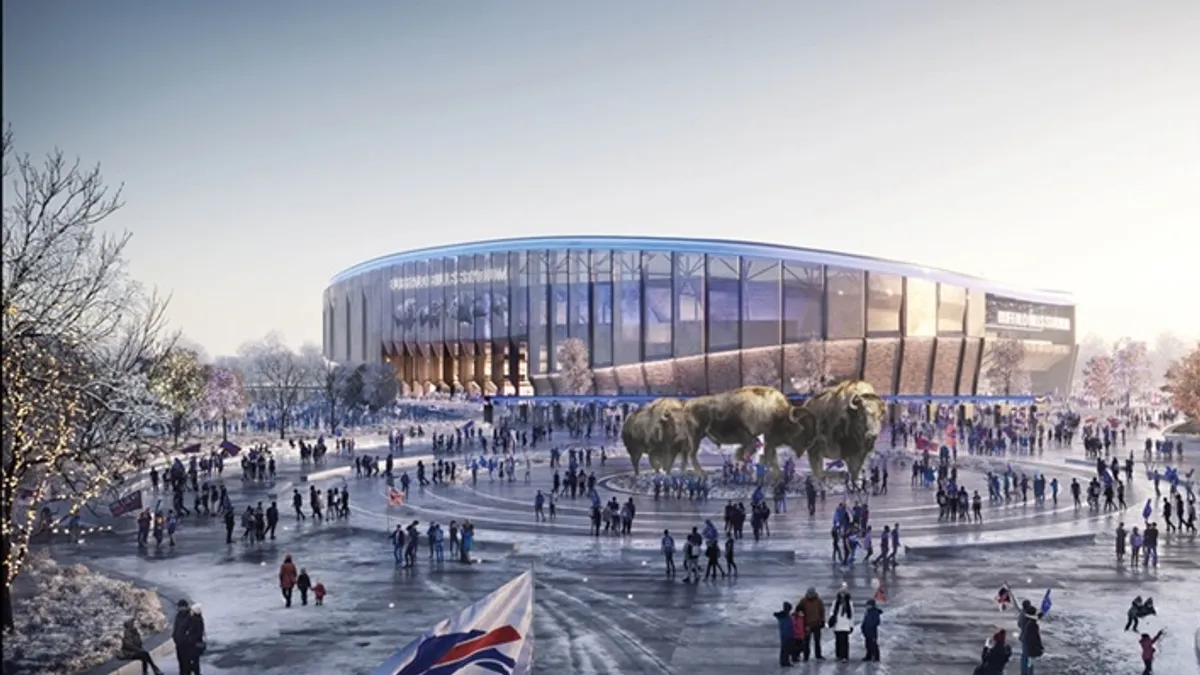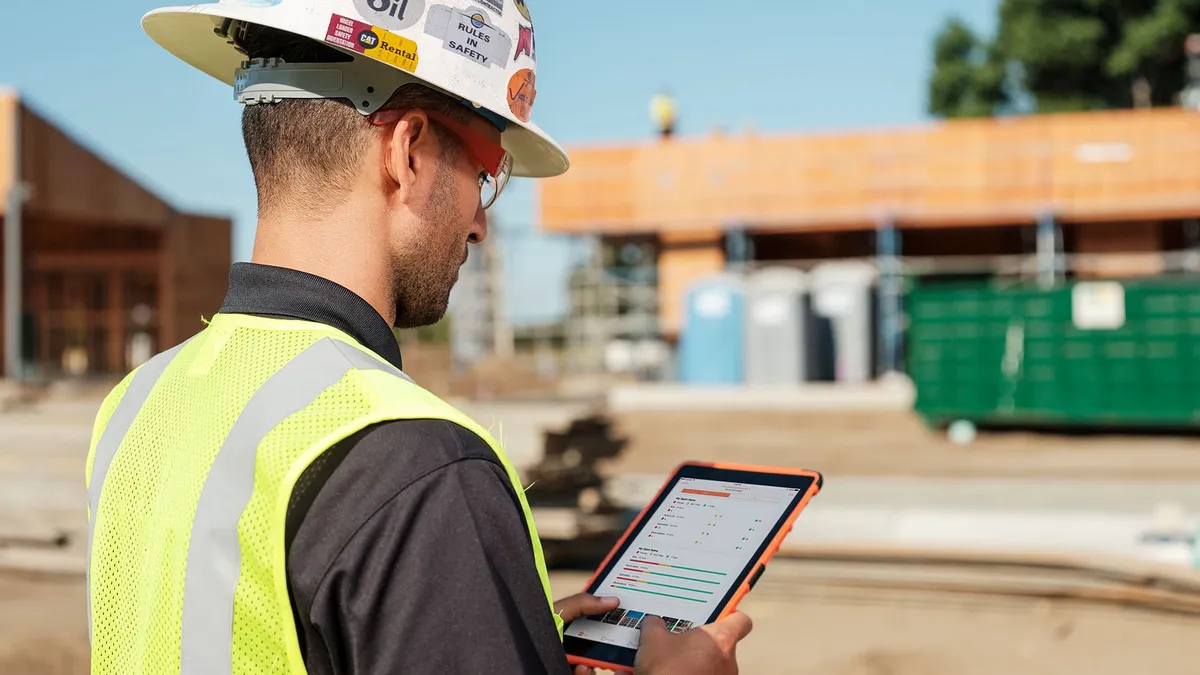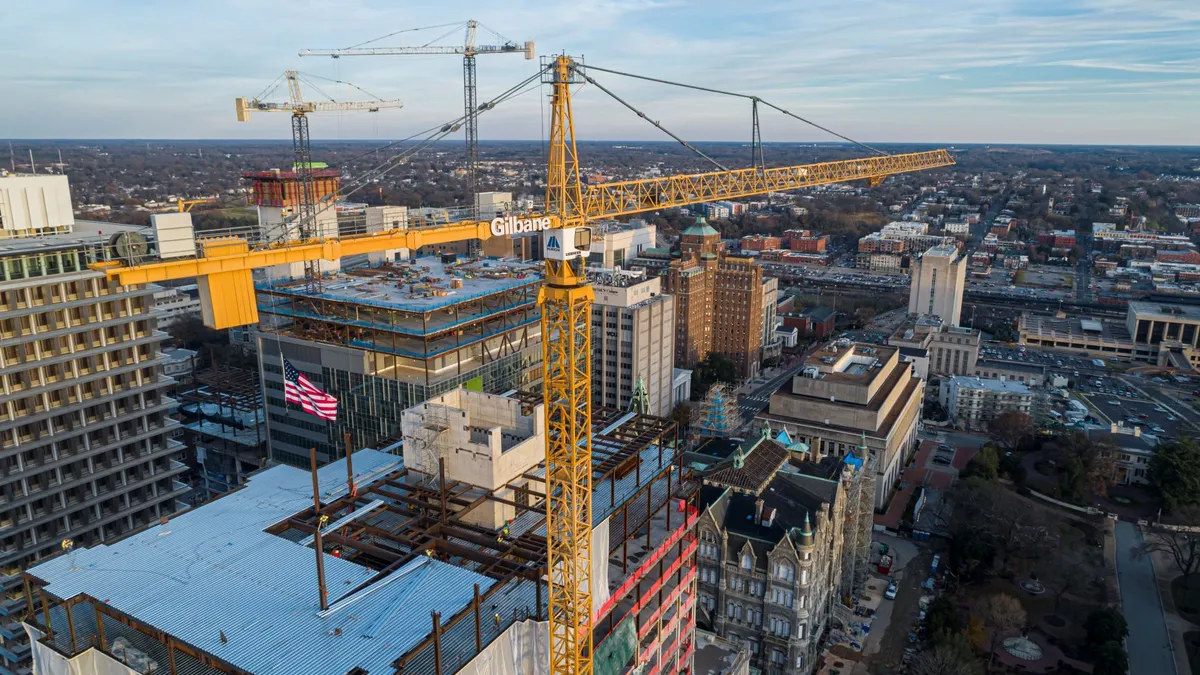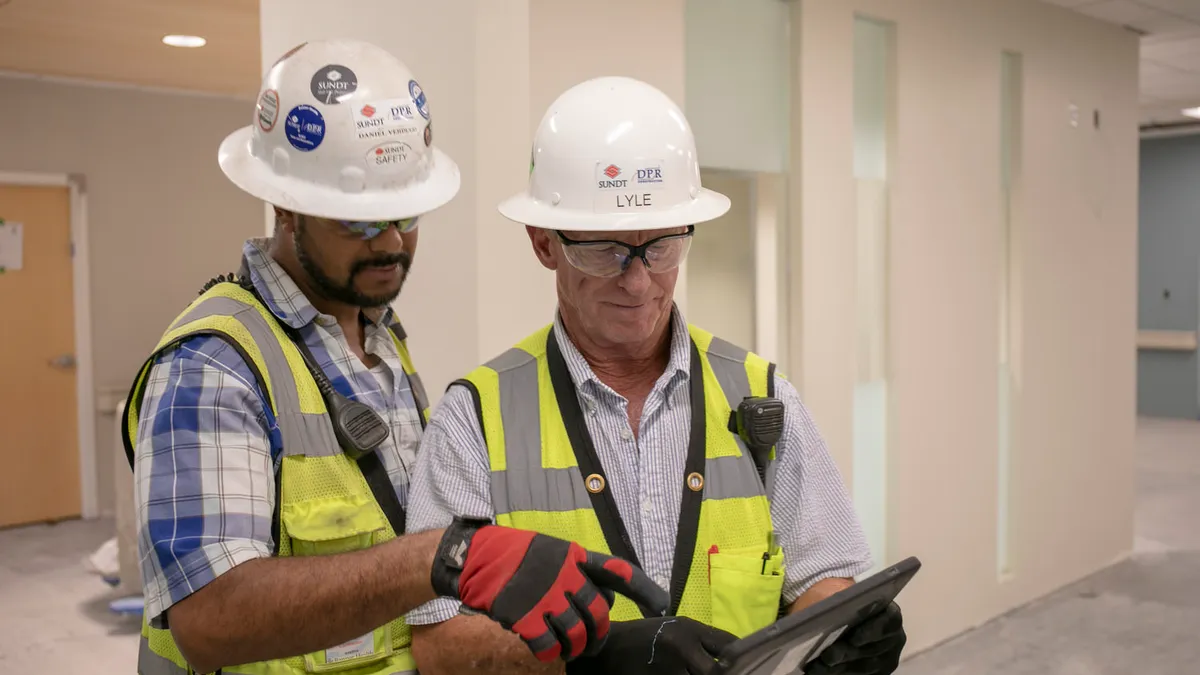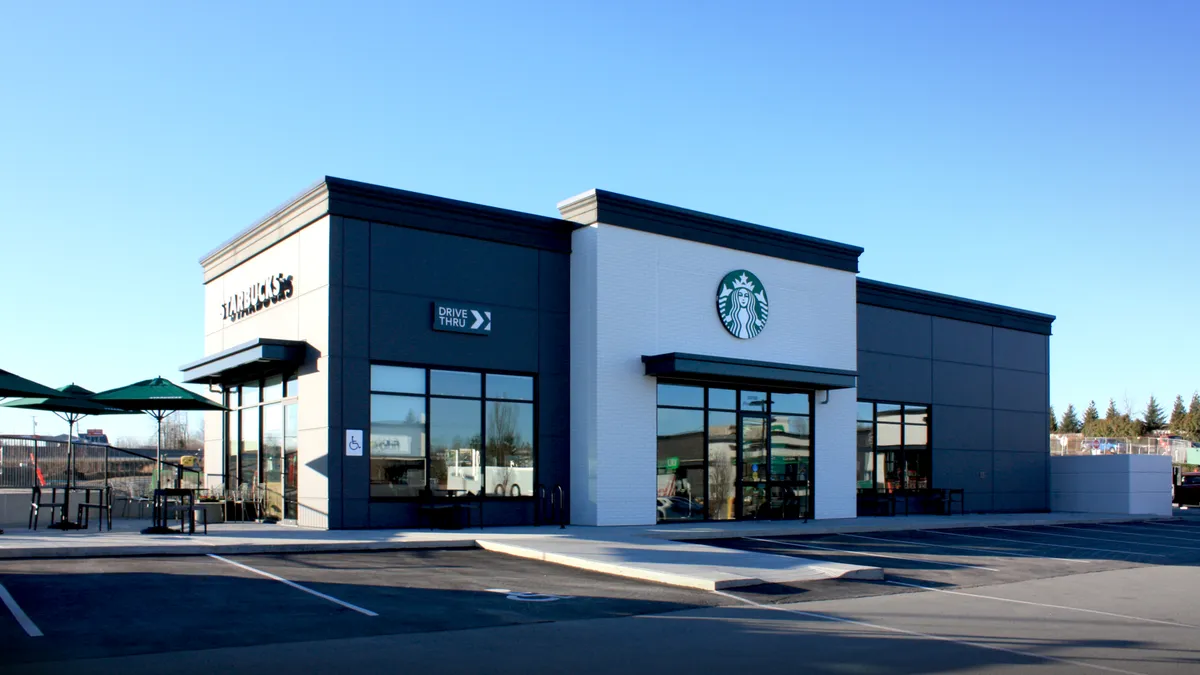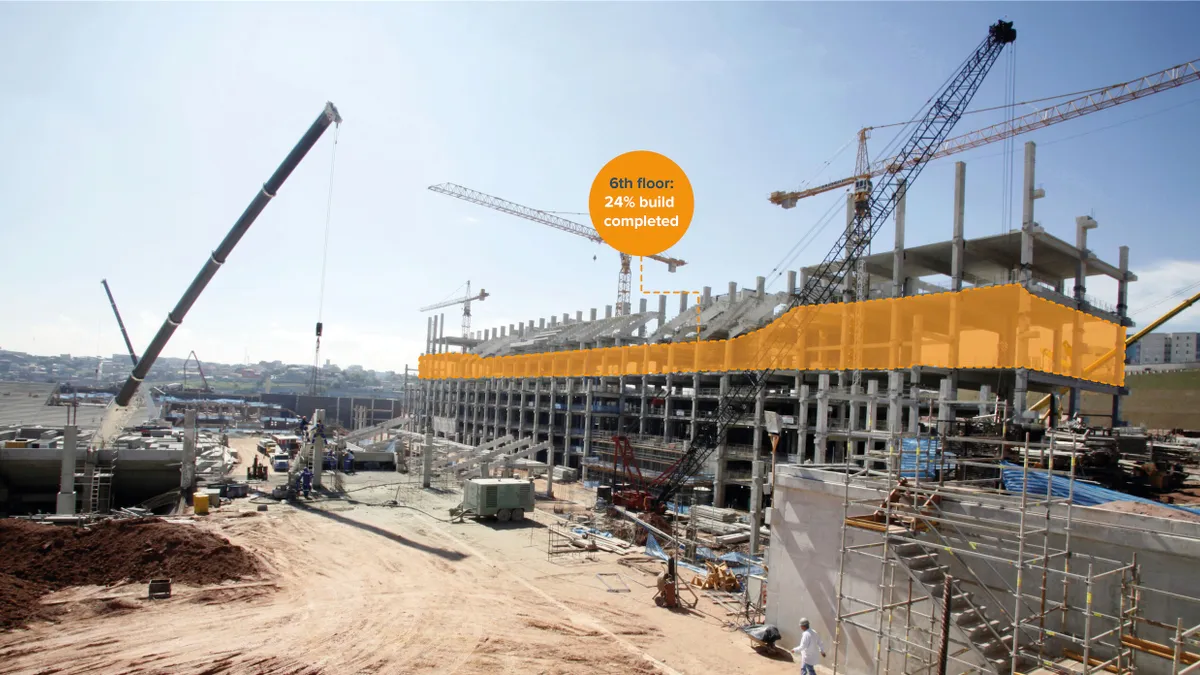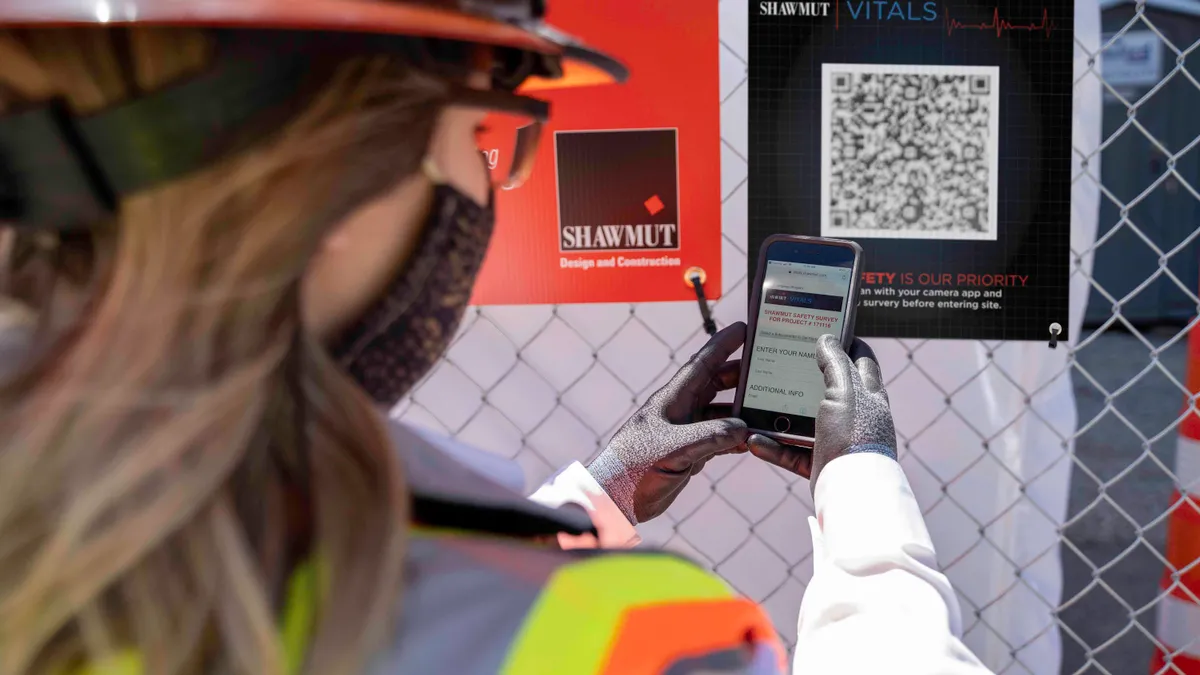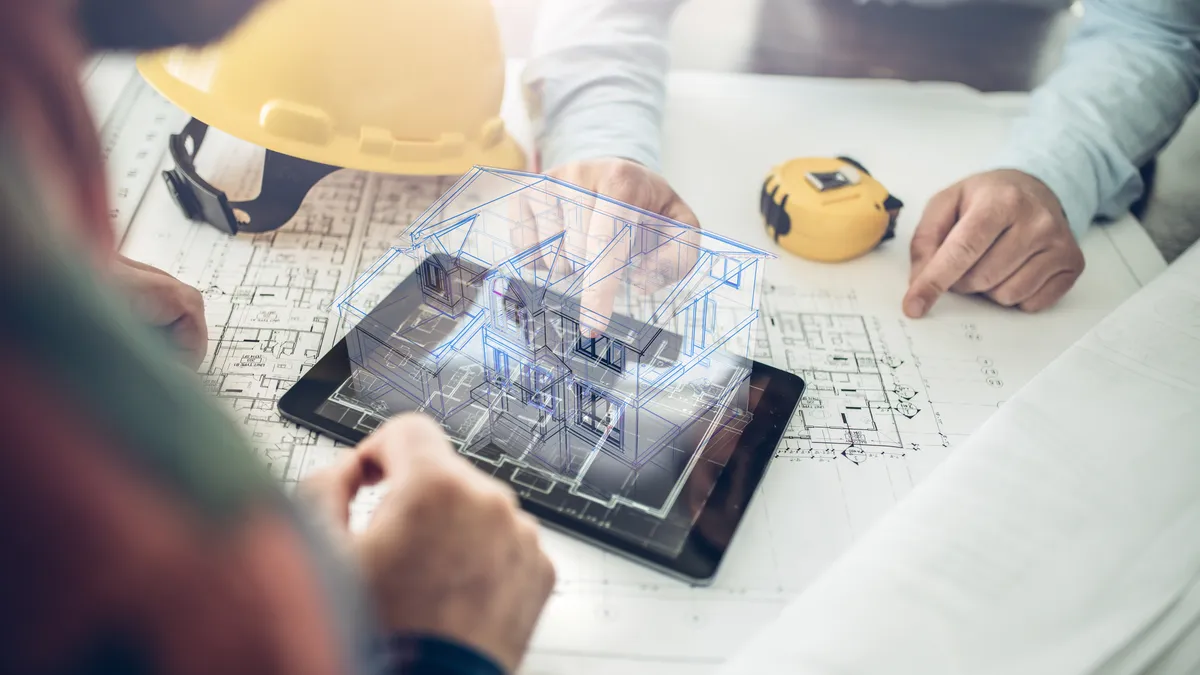ConTech Conversations presents a discussion with a leader in the construction technology field each month. Click here for past discussions.
Jim Lynch, it’s safe to say, has seen a lot. The senior vice president and general manager of Autodesk Construction Solutions, Lynch has seen a lot of contech trends evolve in his 25 years in the industry, from automation and AI development to a new future with robots and digital twins. His experience also helps him to pinpoint future trends, like the use of robots and digital twins in the construction sector, which he expects to become more widespread in coming years.
After graduating from Fitchburg State University in Fitchburg, Massachusetts, he found his way to a couple of different companies before joining Autodesk in 1997. While there, Lynch worked with the company on computer-aided design, developing the next-generation mechanical-design product Autodesk Inventor.
Here, Lynch talks about his career, the most impressive contech developments of the last 25 years and what he thinks the next 25 will bring.
Editor’s Note: This interview has been edited for brevity and clarity.
CONSTRUCTION DIVE: What sparked your interest in construction technology?
JIM LYNCH: I was intrigued after working on Autodesk Inventor for three years. I was paying close attention to the other markets that are best served [by technology], and I have always found the construction space interesting. It seemed inefficient and like it produced a lot of waste. Every project seemed unique. I remember thinking: “If construction could embrace more technology and mechanical or manufacturing processes [such as] right to drive, more predictability and consistency and better utilization of materials and resources, that could be really interesting.”
In 2003, we acquired a product called Revit, which was a small company at the time, but with a big vision. Today, Revit is the global market-leading tool for architectural and engineering design in the AEC space. It brought the concept of BIM to the market. We knew there was really something there: It was taking CAD to the next level with more intelligence, more automation, more information and more data. As we made great progress on the AEC market, we turned our attention to construction. We've seen more progress in construction in terms of automation and embracing technology over the last 5-7 years than before. We still have a long way to go, but the customers that I talk to understand that technology can play a key role in helping them to drive a more predictable, safer and more sustainable business.
In your career, what singular advancement has impressed you the most?
I've been impressed with the way the industry has quickly embraced, in its simplest form, tools to drive better collaboration. I hear every day from our customers how much time that saves and how much re-work it eliminates.
There are also so many things that have impressed me with what I'm seeing in terms of adoption and technology usage. I was talking to a customer recently, and they told me: “We don't consider ourselves a construction company. We consider ourselves a data company that builds.” I've been really impressed watching customers use data from a previous project to extract key learnings and insights to drive better outcomes. It's all made possible through technologies like machine learning. Watching how the industry has embraced machine learning has been inspiring and compelling.
If you look further out, the idea of robots on the job site, more modular construction, more off-site construction, more prefabrication — we're starting to see more of all that. We’re seeing better outcomes already, and it’s early. I'm really inspired by what I see.
You’ve been in this industry for 25 years. What’s coming in the next 25?
Data is going to be huge. Artificial intelligence is going to play a huge role in the industry: I think it's going to change the way we do inspections and it's going to fundamentally change the way we build. You're going to see a much tighter link between design and construction.
The other big thing we're going to see is the concept of a digital twin. It’s a hot buzz word these days. We have a digital twin effort that we're working on called Tandem: the idea of being able to deliver [the] project to the owner and not only giving them the keys to their building, but giving them a digital asset that allows them to predict when a chiller is going to go down, to understand every point in time in the life of that asset. I think you'll see more sensors used during construction and operations and maintenance so that teams can have accurate information at any point in time throughout the lifecycle of a project.
What advice do you have for older contractors looking to embrace technology for the first time?
In some ways, I think the construction industry gets a bad rap. It gets this reputation of not wanting to use technology, but we've seen great adoption of our technology — particularly by contractors and by project teams on the jobsite. So my message to those who haven't embraced collaboration tools like Autodesk Build, is: Don't be afraid. These tools are made and designed with folks like you in mind. Folks who have to get up and running fast, who don't have weeks to take a training class, who can’t afford to be down for even an hour trying to figure out how to do something. Don't shy away from technology because you think it's going to be a burden. It shouldn’t be a burden. It should help you do your job better, faster and more reliably.
And what advice do you have for young people starting out in the industry?
We're at such a turning point in this industry. If you fast forward to where we need to be 20, 30 years from now in terms of built infrastructure around the globe, we are way short of what we'll need for housing, schools, hospitals, communities, etc. This industry has such a bright future, and technology will play a huge role in it.
Look at what's happening in the construction startup industry today. Every day, there are billions of dollars pouring in from venture capital aimed at driving more automation in construction. Embrace it, and push and ask for what it is you need that is missing—whether it's asking Autodesk or asking a startup. Construction becomes better, safer and ultimately sustainable.



